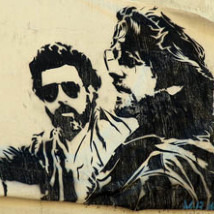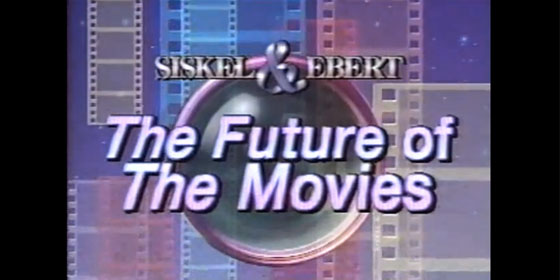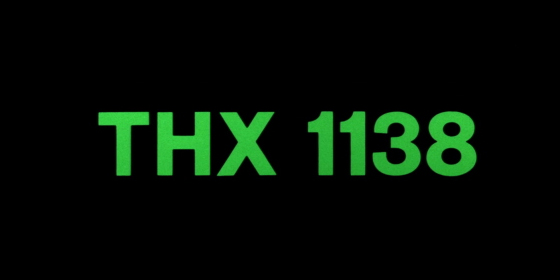 Steven Spielberg and George Lucas recently sat down with EW’s Steve Daly to discuss the upcoming Indiana Jones movie and the impact of the internet on how films are made and released.
Steven Spielberg and George Lucas recently sat down with EW’s Steve Daly to discuss the upcoming Indiana Jones movie and the impact of the internet on how films are made and released.
Some notable quotes include them disagreeing on internet speculation:
STEVEN SPIELBERG: It really is important to be able to point out that the Internet is still filled with more speculation than facts. The Internet isn’t really about facts. It’s about people’s wishful thinking, based on a scintilla of evidence that allows their imaginations to springboard. And that’s fine.
GEORGE LUCAS: Y’know, Steven will say, ”Oh, everything’s out on the Internet [in terms of Crystal Skull details] — what this is and what that is.” And to that I say, ”Steven, it doesn’t make any difference!” Look — Jaws was a novel before it was a movie, and anybody could see how it ended. Didn’t matter.
SPIELBERG: But there’s lots and lots of people who don’t want to find out what happens. They want that to happen on the 22nd of May. They want to find out in a dark theater. They don’t wanna find out by reading a blog…. A movie is experiential. A movie happens in a way that has always been cathartic, the personal, human catharsis of an audience in holy communion with an experience up on the screen. That’s why I’m in the middle of this magic, and I always will be.
Plus, they also discuss the impact of the web on filmmaking in general:
SPIELBERG: You also have films being made and released on the Internet, little films, five- to six-minute shorts. They come from all over the world, and it’s really interesting to see and to sense how this world has shrunk down to size of a single frame of film…. More people can pick up video cameras, and more individuals can express who they are as artists through this collective medium.
That’s what’s so exciting. What makes me really curious to see as many short films, especially, as I possibly can, is that everybody is coming out of a different box, and is free to express themselves because budget is no longer a limiting factor. You can make a movie for no money and basically get it out there on YouTube for everybody to see.
LUCAS: Movies are now becoming like writing, like books. It’s opened up to the point where anybody who has the urge or the talent to do it, there’s not that many impediments to making a film. And, there are not that many impediments to having it be shown. That’s where the Internet comes in. Now you can actually get it in front of people, and have them decide whether they like it or not.
Before, that depended on the decisions of a very, very small group of people — executives who in a lot of cases didn’t even go to the movies, and didn’t even like ’em. And they were deciding what the people were and weren’t going to like. It’s much more democratic now. The people decide what they want.
Read the full interview over at EW’s website.
> Official site for Indiana Jones
> IMDb page for Indiana Jones and the Kingdom of the Crystal Skull


